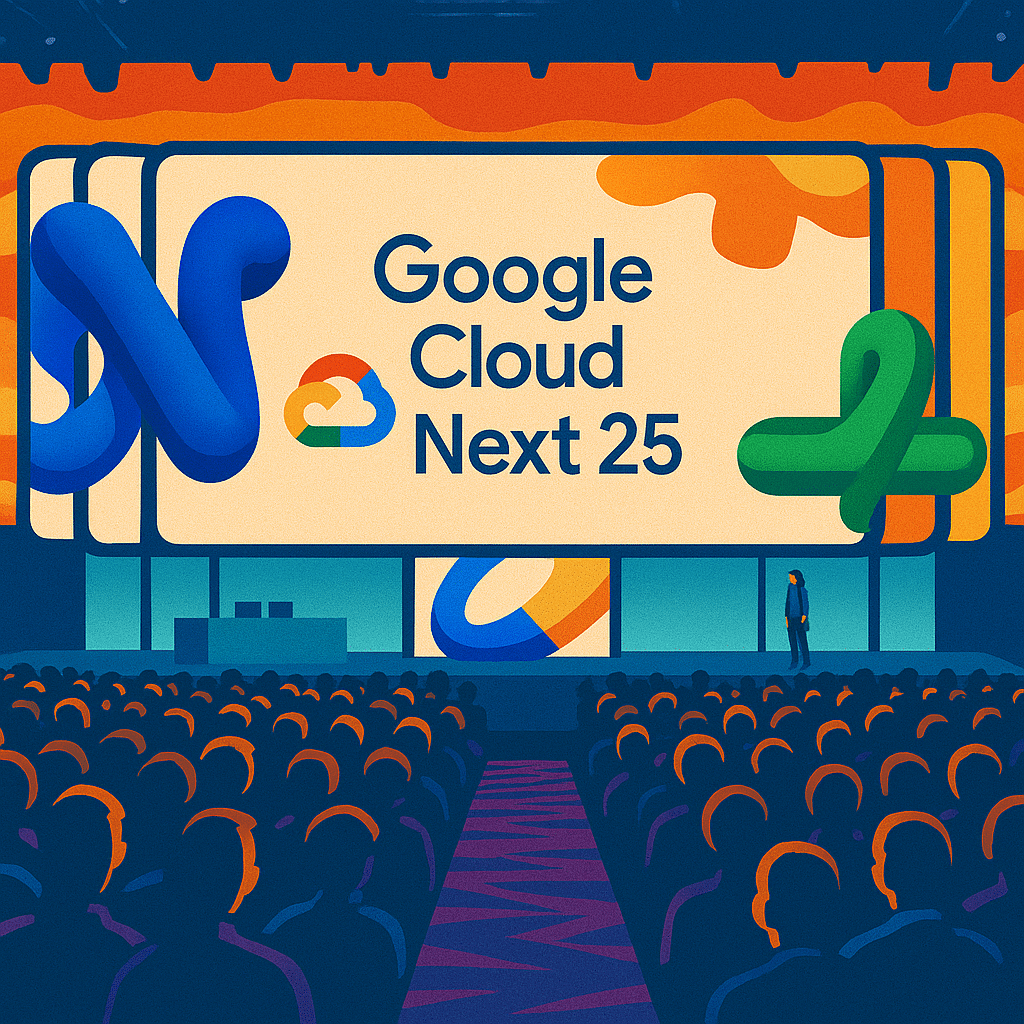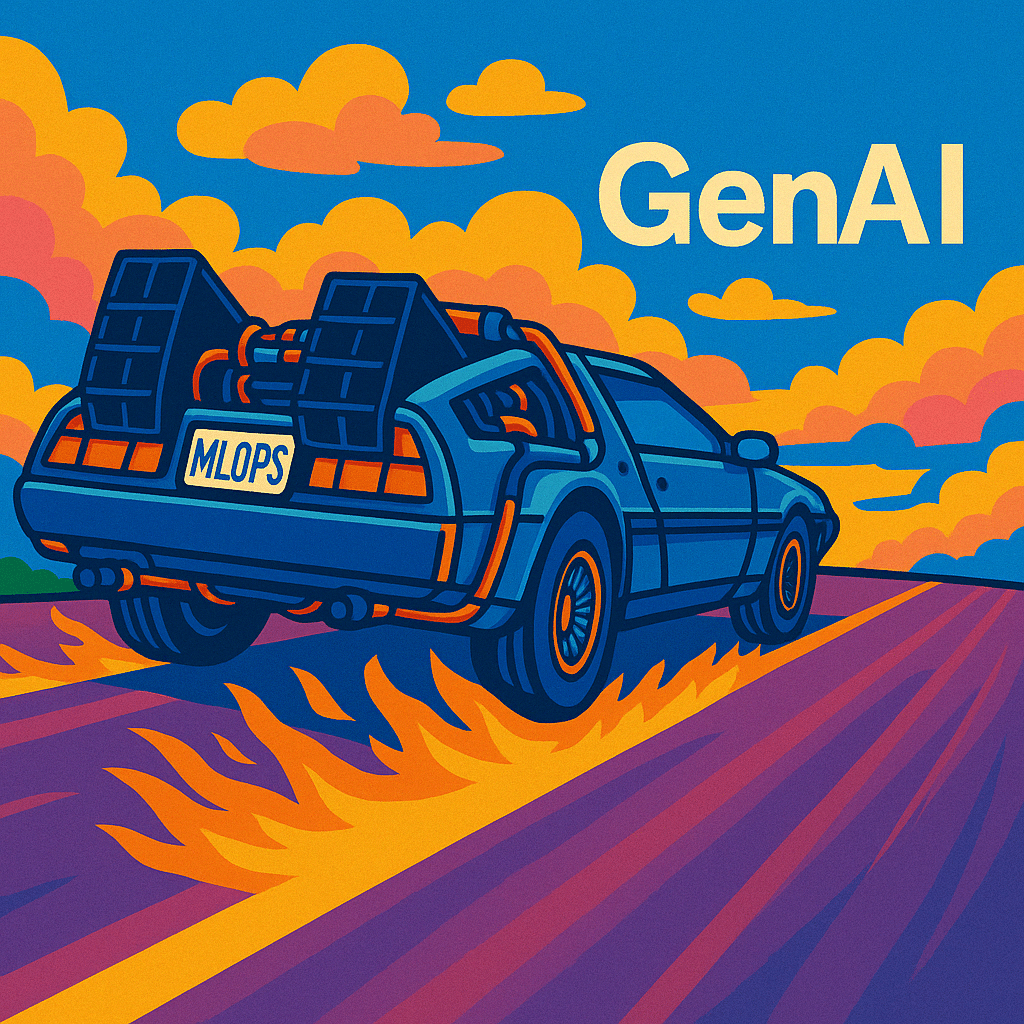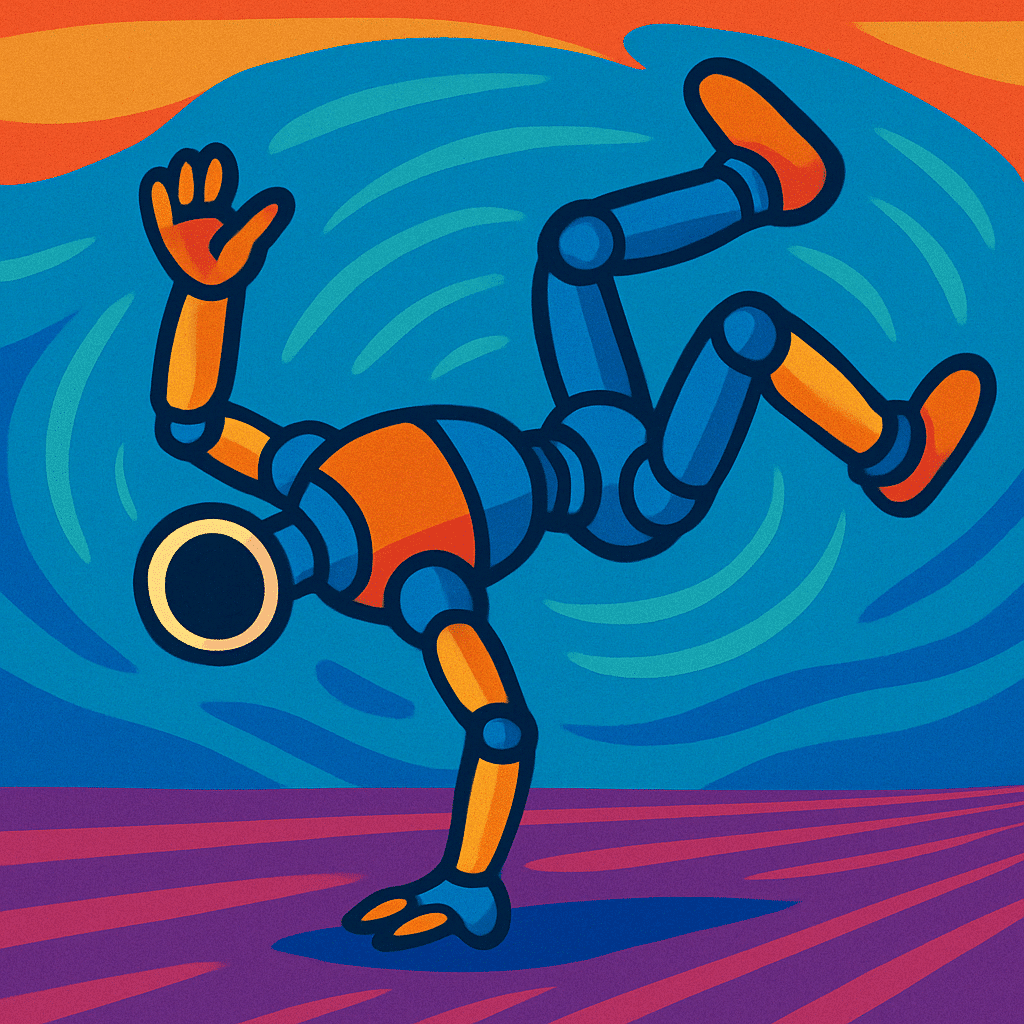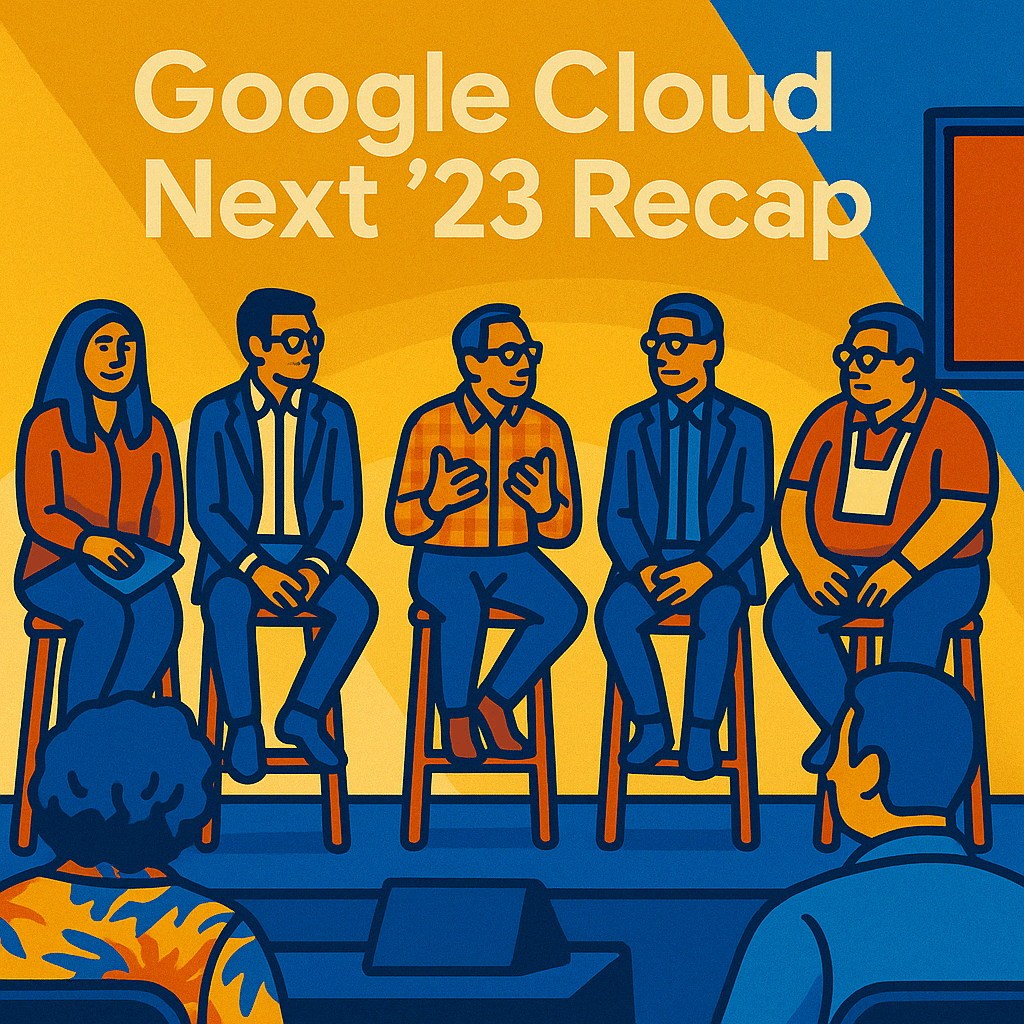Last week I attended CES, the gigantic consumer electronics show in Vegas, for the first time. The conference attracts some 200,000 people and was, unsurprisingly, a bit of a mad house. But I was able to capture some solid interviews and see a lot of cool tech toys, so I left happy!
As expected, AI played a huge role at the conference, with pretty much everything advertising how “connected” and “smart” it was. This includes the full spectrum of electronics, everything from TVs (the new TVs are amazing!), to cameras, to toys, to smartphones, to drones and robots.

Check out our behind-the-scenes footage from CES
One thing that struck me though, was that through all the various claims of “intelligent” and “smart” products, there were just a few common themes. Taking a step back, I think these themes represent the “mature frontier” of AI. In other words, the subset of things we’ve got working pretty well, at least in the context of consumer devices.
- Computer Vision: No surprise here given the advances deep learning and in particular CNNs (convolutional neural networks) have brought to computer vision over the past few years, but vision and visual understanding was integrated into a ton of products, including toy robots (see the video preview of my upcoming interview with Anki’s Andrew Stein about on our YouTube channel), robotic security guards, follow-me drones, laundry-folding closets and much more.Lesson: If your products or processes require trying to understand what’s happening in the physical world, start first with images or video and see if you can make that work. The technology is really ready for prime-time, though it’s not perfect.
- Voice Input and Natural Language Processing: NLP was another ubiquitous technology at CES, mostly in the form of virtual assistants. While Alexa and Google Home were everywhere at CES, and integrated into a bunch of third-party products, the use cases that I found most compelling were the domain-specific ones. A virtual assistant for busy parents, for example, that is really good at answering questions about the kids or their homework. Or voice-first UI’s for everyday products, that don’t try to do everything. (This was a theme that came up in my interview with Alex Teichman, founder of Lighthouse. Check out my preview video with Alex.)Lesson: While we’re still a ways from making truly useful general virtual assistants, a lot of that problem has to do with dealing with the unbounded knowledge graph on the back end. The voice input side of the equation is really pretty good and it can enable use cases where traditional desktop, web, mobile or physical interfaces would be too complex to implement.
- Intelligent Robots: I still think of R2-D2 and C3PO first when I hear the word robot–well, and the PUMA I programmed as an undergraduate–but there are tons of ways folks are integrating intelligence with dynamic physical systems. This includes all the examples I gave previously, as well as home robots, telepresence robots, delivery robots, and more. These applications are promising, but they are really difficult to execute at consumer electronic price points.Lesson: There’s a ton of value to be had in integrating ML and AI techniques into physical devices, especially robots, but these can be hard to get right, require a lot of testing, thinking through challenging corner cases, etc. The challenges are similar to those of virtual assistants–the broader the domain the robot is expected to be able to operate in, the higher our expectations and the less we are able to meet them with today’s technology. Constraining the domain can result in useful tools, but don’t expect your household robot to be as versatile (or sassy) as Rosie just yet.
Perhaps the biggest takeaway from CES is this: Today’s artificial intelligence technologies require many compromises to be put to effective use. To build stand-out products powered by AI it’s critical to be extremely end-user- and problem-focused in your approach.
Did you catch any interesting CES news? Anything in particular catch your eye? What were your key takeaways?





